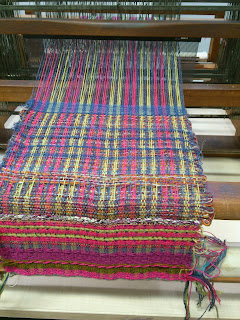Streets Clock by Fluid Forms and John Briscella
2008.
This clock is made by superimposing a street map onto a clock face. This data is then sent to a laser cutter, to cut the clock face out of a sheet of acrylic or wood. Fluid Forms has set up an online shop so that customers can choose their own place and create a personalised decorative piece for a gift or their own use.
I really like this piece because each clock is likely to be unique, even if the same place was chosen, due to the map image selecting process. I also really like the intricacy of the clocks and the find the concept of combining space and time very clever.
This work reminds me of Rob Ryan's papercutting in style, because of the cutting away of negative space element. This work also reminds me of Claire Brewster who also uses paper cutting, to create images of birds from maps to represent their migration routes.
The only real relationship between Fluid Forms and my work is the process of mapping data but our design concepts are not very closely linked as I am more interested in fashion/fashion accessories and this work is more homeware.






















